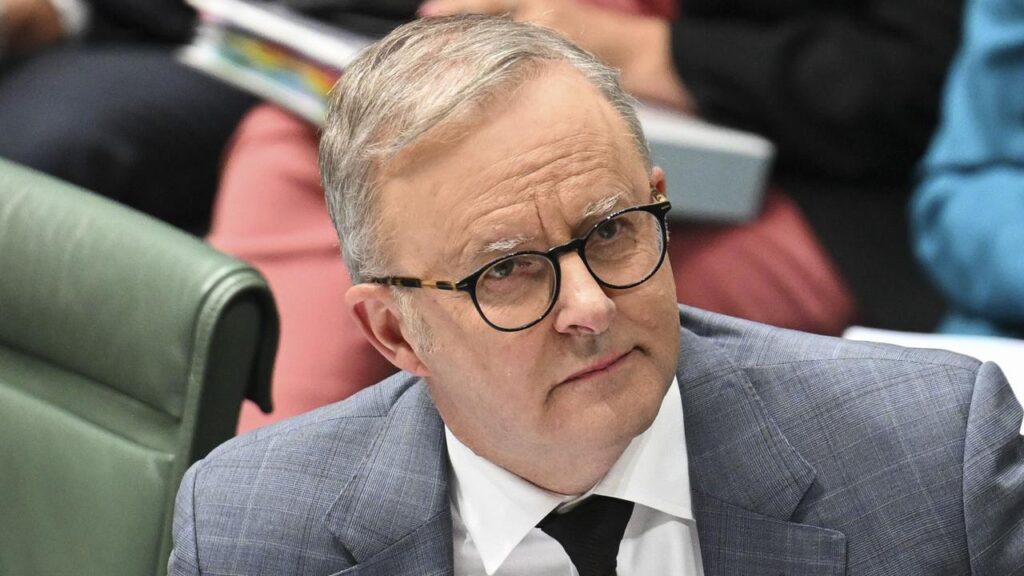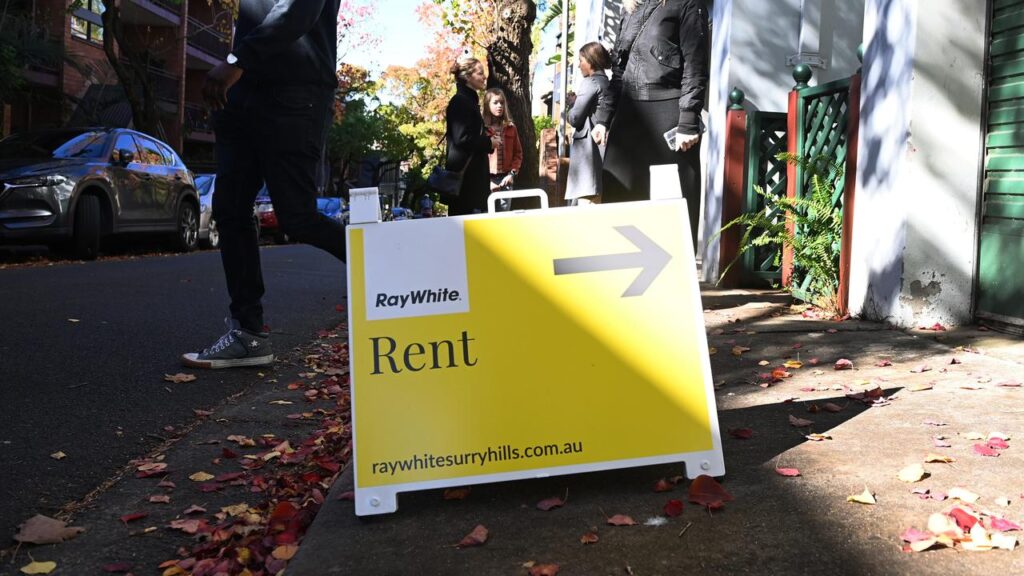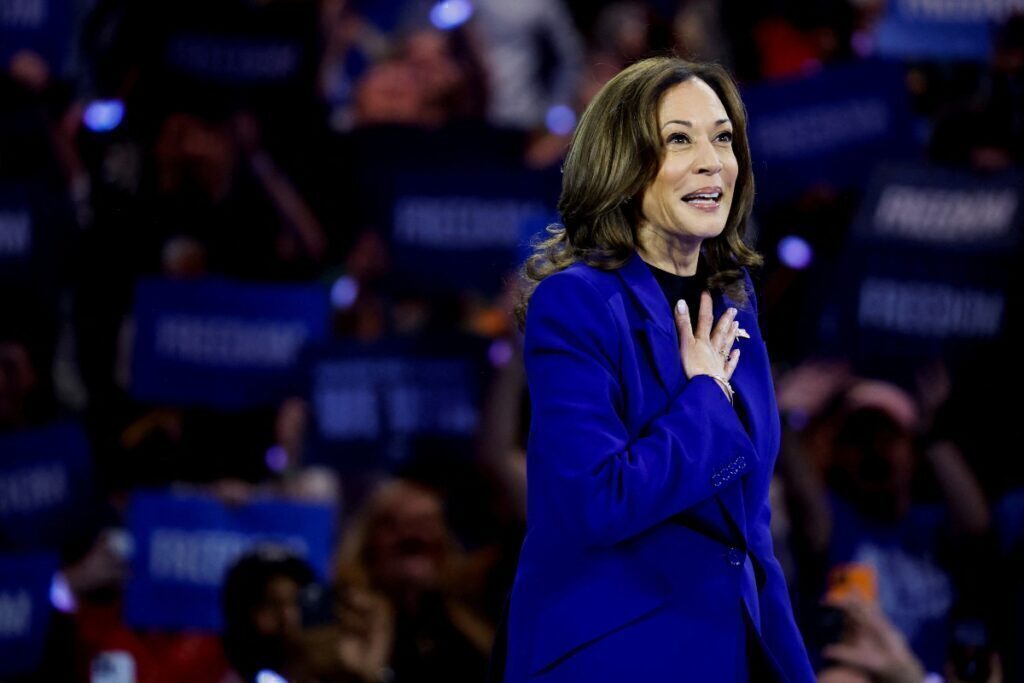Aus to lower gross debt by $17bn
Written by admin on September 23, 2024
Australia has slightly reduced its debt position by $17 billion about four months after the federal budget in a move that will save Aussies a whopping $80 billion in interest.
This year’s federal budget papers indicated gross debt was expected to rise to $923bn, or 35.8 per cent of the GDP, however the final budget outcome which will be released later this month will report gross debt is now at $906.9bn, or 34 per cent of Australia’s GDP.
Treasury analysis revealed reduction in gross debt would save $4bn in interest in the 2023-24 financial year, and about $80bn in the next decade.
Treasurer Jim Chalmers said the figures meant Australia gross debt compared to Australia’s GDP was now 10.6 per cent lower than what Labor inherited from a Coalition government.
Ahead of his trip to China for the Strategic Economic Dialogue, Dr Chalmers said surpluses reduced pressures on inflation, and would help “buffer” Australia’s financials in a time of global economic uncertainty.
“Lower debt saves taxpayers on interest costs, helps in the fight against inflation and makes more room in the budget for what matters most like Medicare, aged care and defence,” he said.
“Our economic plan is all about easing pressure on people at the same time as we fight inflation and get the budget in much better nick and this shows we’re making meaningful progress.
“Back-to-back surpluses are helping in the fight against inflation and reducing the interest costs on a trillion dollars of Liberal Party debt we inherited.”
Finance Minister Katy Gallagher said the improved economic result was evidence of Labor’s “spending restraint”.
“The Albanese Government is managing the economy better than the Coalition ever did, turning Liberal deficits into two back-to-back Labor surpluses,” she said.
“Having a stronger budget position means we can continue to deliver responsible cost of living relief while reducing inflationary pressures.”
On Sunday, Dr Chalmers confirmed Treasury will also reveal the budget surplus has grown from the $9.3bn posted in May to a figure in the mid-teens. He said this was due to the government reigning in spending, with revenue decreasing.
Treasury analysis to be released in the final budget outcome will also reveal less-than-expected revenue generated from taxes and payments.
“What it shows is that we’re getting less revenue towards the end of that last financial year than we anticipated in May,” he said.
“All of the big improvement is from less spending and so what the final budget outcome will show is that we turned two big Liberal deficits into two big Labor surpluses.
“The reserve bank governor has said that those two surpluses that we’ve now delivered are helping in that fight against inflation.”







